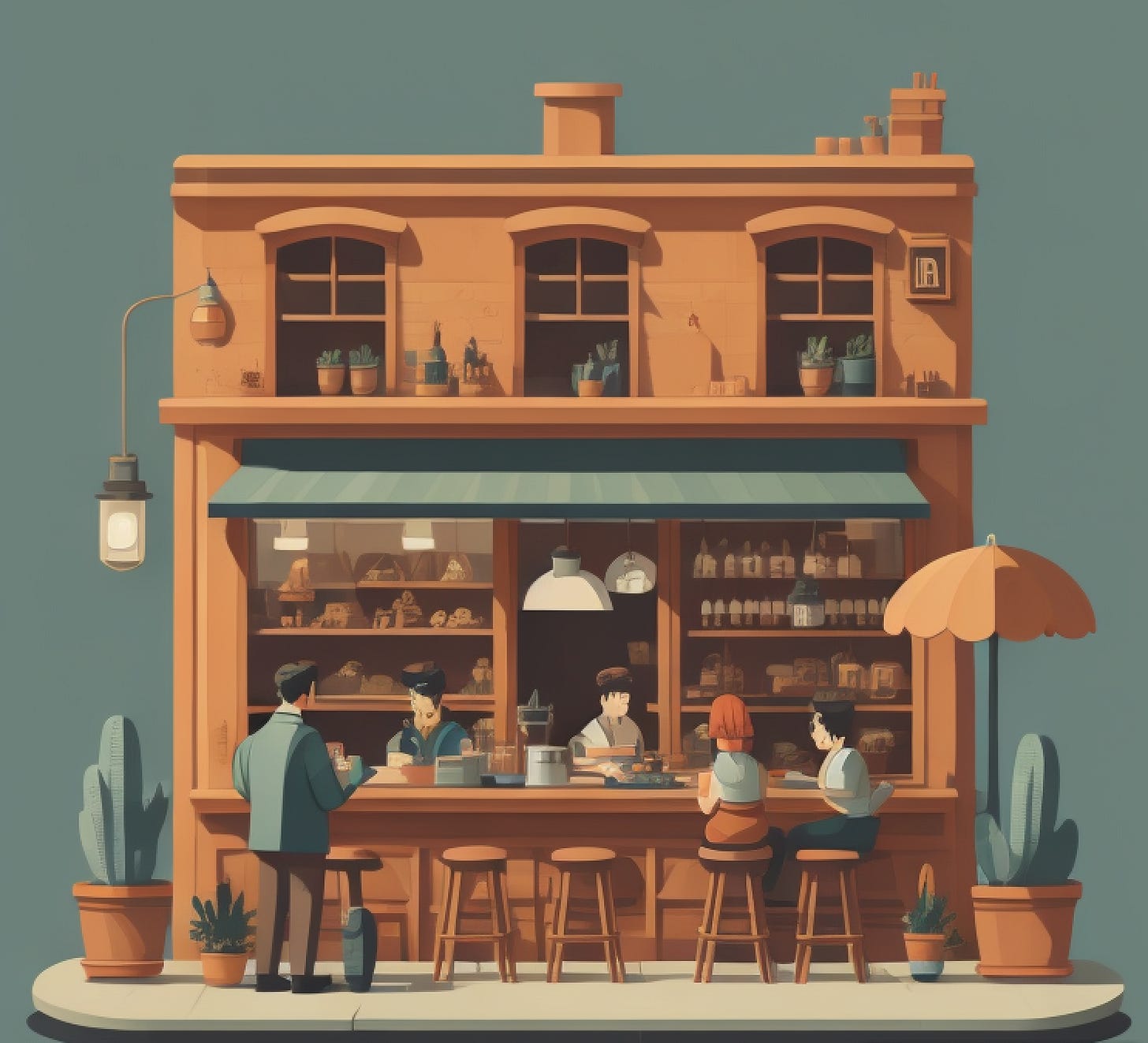How to experience flow and creativity more often
With busy jobs and lives, the desire to be more creative can leave us frustrated. But getting there can be easier than we might imagine.
I’ve long been fascinated by the idea of flow states and creative work. It started when I first read the work of Mihalyi Csikszentmihalyi, whose name I’ve never been able to pronounce properly. Csikszentmihalyi defines flow as the subjective state in which a person functions at his or her fullest capacity with their attention so focused on a task, that factors such as fatigue and boredom do not interfere; the experience itself is so enjoyable that people will participate for the sheer sake of doing it.
With a pandemic and interminable work deadlines, I hadn’t thought much lately about flow. Until I stumbled across the documentary Barefoot Charles. I was mesmerised. The film covers the ethereal existence of Fontainebleau rock-climber Charles Albert. In Albert, it seems the concept of flow has a new poster child.
With long flowing dark hair and no shoes, Albert has spent years climbing the hardest boulders in France, but also, and more importantly, spent years attempting boulders that expert climbers readily acquiesce are impossible.
Albert defies the overachieving hustle culture that has come to represent much of modern work-life as we know it. Instead, he is happy, to make tiny, incremental progress, immersed in the joy and flow of what he is attempting to achieve.
To boot, Albert lives in a cave. The documentary follows him climbing, as well as gathering chestnuts which he then stores in a container in said cave with a Flaubert novel (one of his most important possessions he says) perched on the lid. We also follow Albert as he sings classically at a dinner with his friends, and makes his own wine. On appearances, Albert seems to live in a flow state most of the time, pronouncing “I think it is important to question the obvious”.
In his research on flow, Csikszentmihalyi interviewed a broad range of people, from rock climbers to chess players, athletes, and artists, and found a common thread. Despite these time-consuming and difficult pursuits, this feeling of being in the zone or in flow, where hours of time could pass by unnoticed, would spur them along like a current. Quite different from the experience many have at work watching the clock creep interminably toward 5 p.m. to signal the end of the day.
When I discovered Csikszentmihalyi’s work, I was in my first human resource management role. I was grappling with learning how to apply what I had learned in my degree and dealing with a highly controlling boss. The HR offices were on the way to the lunch room, and I struggled to know how to help the seemingly never-ending line of employees who would drop by on their break to ask for advice on how to make their work more meaningful and creative.
What did I know? I was drowning under piles of paper resumes for the forty-plus vacancies I’d been assigned to fill in a matter of weeks. My job felt anything but creative, and certainly not very meaningful.
Across different roles in my corporate life, and continuing into my research career, this question however has remained constant. Long before reading Csikszentmihalyi, I had experienced flow without actually knowing what it was. My first love was horses and somehow I ended up doing dressage, that peculiar dancing horse thing at the Olympics. Sometimes called ballet for horses, it looks graceful and elegant. And easy. Just like ballet though, dressage is exceptionally difficult and requires hours and hours of rigorous training every week, for years and years after which time you may still be absolutely rubbish at it.
Ask any dancer or dressage rider though, and they will tell you how easy it is to get into this elusive flow state.
And yes while flow in rock climbing and dance and painting is obviously beneficial and sounds idyllic, does flow at work matter? It turns out that it does. Research has shown that flow states play an important role in subjective well-being, and are associated with enhanced emotional regulation, increased intrinsic motivation, greater creativity, and increased happiness.
There are specific conditions and steps associated with getting into a flow state, but one that is underestimated is the environment itself. Our physical environments act as a cognitive scaffold - that is they act to help us solve a problem, carry out a task, or achieve a goal that might not otherwise be possible.
A change of space can actually change our brains.
This was quite literally the case in 1952 for Jonas Salk, who despite working 16 hours a day, 7 days a week for years, was at a dead end in his quest to create a polio vaccine. Exhausted by his efforts, Salk left his lab in Pittsburgh and went to Assisi in Italy where he stayed at the Basilica. Immersed in Romanesque and Gothic architecture, Salk had a breakthrough.


